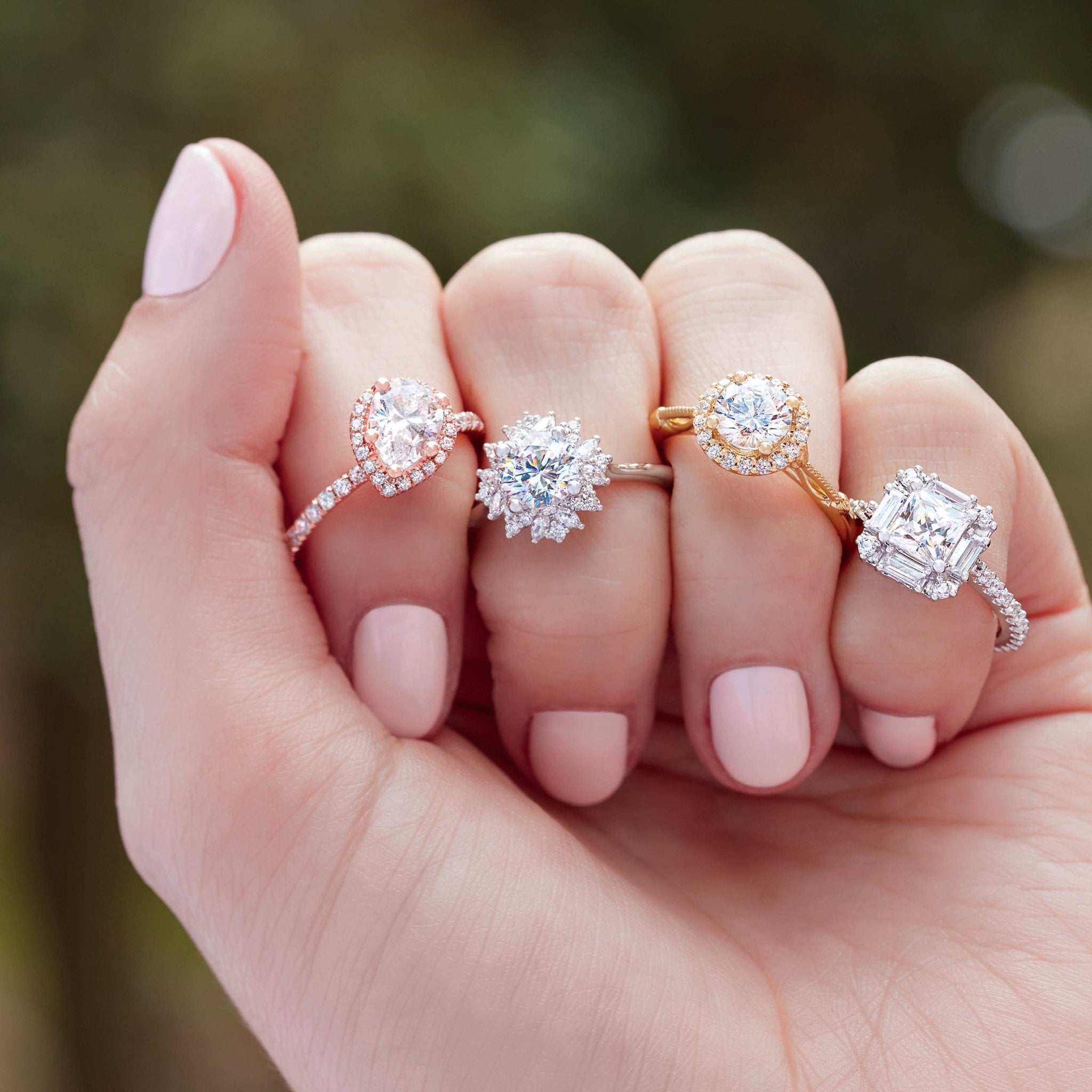Introduction
Diamonds have long been the symbol of eternal love and timeless beauty. But recently, a new contender has entered the scene: Lab Grown Diamonds. These sparkly stones are making waves and sparking debates among jewelers and buyers alike. So, how do these Lab Grown gems stack up against their natural counterparts? Let’s dig into the glittering details and find out!
What Are Lab Grown Diamonds?
The Science Behind Lab Grown Diamonds
Lab Grown Diamonds, also known as synthetic or cultured diamonds, are created using advanced technology to mimic the natural conditions that form diamonds deep within the Earth. There are two main methods used: High Pressure High Temperature (HPHT) and Chemical Vapor Deposition (CVD). Both processes produce diamonds that are chemically, physically, and optically identical to natural diamonds.
What Are Real Diamonds?
The Natural Formation Process
Real diamonds, or natural diamonds, are formed over millions of years under intense heat and pressure deep within the Earth’s mantle. They emerge through volcanic eruptions, carrying their unique story of creation. Each natural diamond has its own “fingerprint,” which is a result of the conditions it was subjected to during its formation.
Key Differences Between Lab Grown and Real Diamonds
Origin and Creation
The most obvious difference between lab grown diamonds vs real is their origin. While Lab Grown Diamonds are created in a controlled environment within a matter of weeks to months, natural diamonds are the result of a geological process that takes millions of years. This difference in creation also affects their cost and rarity.
Cost Comparison
When it comes to cost, Lab Grown Diamonds generally come out ahead. Because they are produced in a controlled environment and do not require extensive mining, Lab Grown Diamonds can be significantly less expensive than their natural counterparts. This affordability can make them an attractive option for budget-conscious buyers.
Physical Properties
Hardness and Durability
Both Lab Grown and natural diamonds are equally hard, scoring a perfect 10 on the Mohs scale of hardness. This makes them durable and resistant to scratching. However, the processes used to create Lab Grown Diamonds can sometimes result in subtle differences in their internal structure, though these are generally undetectable to the naked eye.
Appearance and Aesthetic
Cut, Color, Clarity, and Carat Weight
When it comes to appearance, Lab Grown Diamonds and natural diamonds are virtually indistinguishable. Both can be cut into a variety of shapes and sizes, and they exhibit the same range of colors and clarity levels. The “Four Cs” (Cut, Color, Clarity, and Carat weight) apply equally to both types of diamonds, meaning that a Lab Grown diamond can be just as brilliant as a natural one.
Ethical and Environmental Impact
Environmental Considerations
Lab Grown Diamonds have a notable advantage when it comes to environmental impact. Traditional diamond mining can be devastating to ecosystems and involves significant land disruption. In contrast, Lab Grown Diamonds are created with minimal environmental impact, making them a more eco-friendly choice.
Ethical Sourcing and Practices
Ethically, Lab Grown Diamonds can be seen as a cleaner alternative. They eliminate the risk of “blood diamonds” – gems mined in conflict zones under inhumane conditions. By choosing Lab Grown Diamonds, buyers can avoid contributing to these unethical practices and support a more transparent industry.
Value and Longevity
Resale Value
One area where natural diamonds traditionally hold an edge is in resale value. Natural diamonds tend to retain their value better over time compared to Lab Grown Diamonds. This is partly due to their rarity and the perception of natural diamonds as more prestigious.
Market Trends
However, as Lab Grown Diamonds become more popular and their market grows, their resale value may become more competitive. Keeping an eye on market trends will be crucial for those considering their long-term investment potential.
Longevity and Maintenance
In terms of longevity, both Lab Grown and natural diamonds are equally durable and will last a lifetime. Maintenance is also straightforward for both types, requiring regular cleaning to keep their sparkle.
Choosing Between Lab Grown and Real Diamonds
Personal Preferences and Priorities
Choosing between Lab Grown and real diamonds largely comes down to personal preference. If you value the traditional aspect and rarity of natural diamonds, you might lean toward them. However, if affordability, ethical sourcing, and environmental considerations are more important to you, Lab Grown Diamonds might be the better choice.
Factors to Consider
Consider what matters most to you: the story behind the diamond, its environmental footprint, or its cost. Both types of diamonds offer unique benefits, and your decision should align with your values and budget.
Future Trends in the Diamond Industry
The diamond industry is evolving rapidly. Lab Grown Diamonds are gaining acceptance and popularity, driven by advancements in technology and changing consumer preferences. As the technology improves and prices decrease, Lab Grown Diamonds may become even more prevalent, potentially reshaping the market and altering perceptions of what constitutes a valuable gem.
Conclusion
In the end, whether you choose a Lab Grown or a natural diamond, you’re investing in a gem that’s both beautiful and meaningful. Lab Grown Diamonds offer an ethical and cost-effective alternative, while natural diamonds carry a unique story and a sense of tradition. Your choice will reflect your personal values and priorities, so take the time to consider what matters most to you.

